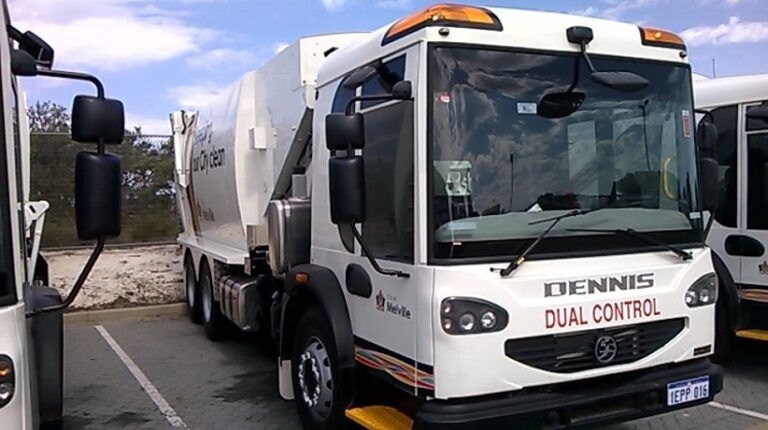– By Rob Wilson –
Every fleet manager has experienced times when there are just not enough hours in the day. There is the daily juggling of maintenance and repairs, special projects, staff leave and so on, and then at the worst possible time an important vehicle, truck or item of plant breaks down.
Generally a judgement is made on what is most important and resources are directed accordingly. While for small fleets this generally happens more or less intuitively, complex and larger fleets may require pre-planned and agreed approaches. This process is effectively contingency planning and builds on the asset management practice of identifying critical assets.
According to the Asset Management Standard AS ISO 55000:2014, a critical asset is an “asset having potential to significantly impact on the achievement of the organization’s objectives”.
In a fleet context this potential impact is broad and may include for example; health and safety, operations, financial performance, the environment, and the organisation’s reputation.
To help manage the pressure arising from equipment breakdown fleet managers should consider preparing a contingency plan for critical assets.
Firstly identify the critical fleet items in your business. For example; in local government fleets it may be compactors, for transport fleets it may be those vehicles used for the most significant contracts. You will know what’s important in your context.
Once critical assets are identified you can develop a plan to manage their downtime. The contingency plan documents your critical assets and assigns each asset or asset category a priority.
The plan can define a maximum acceptable return-to-service time and document an agreed organisational approach to deal with the assets. It may be that high priority items are worked on before other items, that overtime is automatically approved, that parts are air freighted or that contracted assistance is sourced. Alternatively it may be that investment in spare units is warranted to provide redundancy.
Consider a critical asset contingency plan (stand-alone or as part of your fleet asset plan) to identify; critical fleet assets, trigger points and actions. At the very least this provides a basis for consistent and well considered responses by the fleet manager.
If agreed to at a corporate level the plan will provide an organisational approach and provide greater stakeholder understanding when the heat is on.
Rob Wilson is an experienced Fleet Manager and Director of fleet consultancy company 4C MANAGEMENT SOLUTIONS







